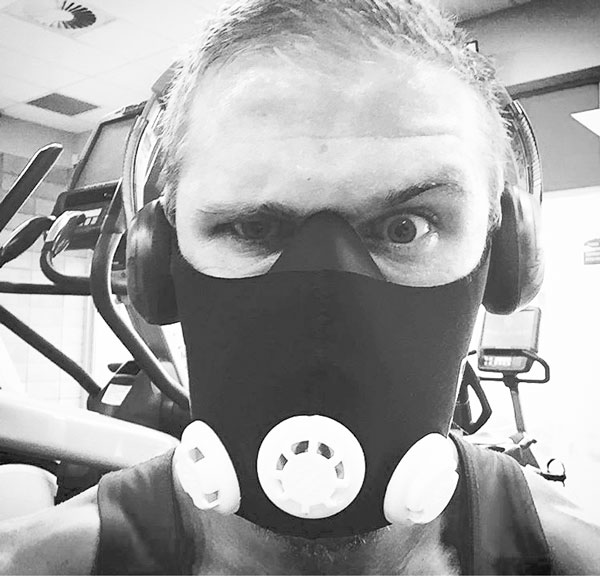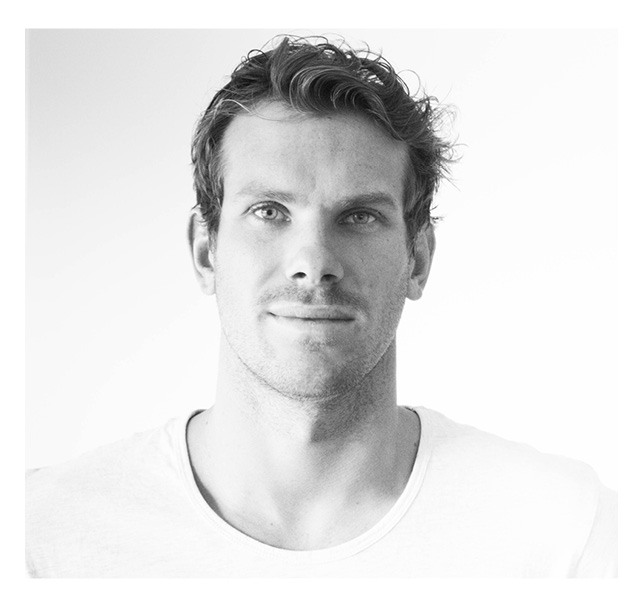Today’s post is going to be short and sharp. Altitude masks have been on my mind this week as I see more friends and amateur athletes add them to their training programs and altitude gyms keep popping up around me. So, of course I decided to take a look from a science perspective.

First of all, do they work?
The short answer is no.
These masks claim to simulate altitude training, which has well researched benefits such as increasing the oxygen-carrying capacity of the blood and increasing the delivery of oxygen to the muscles, which makes them more efficient.
And, there is well established protocols in order to achieve this outcome. Weeks to months are spent living and training at altitude, where the oxygen content of the air is reduced.
And that is the key! Reduced oxygen content.
When you’re training at altitude, your body doesn’t get the levels of oxygen it needs to operate efficiently. Over time, the body compensates by improving its ability to carry and deliver oxygen. This results in an increased ability to exercise when an athlete returns to sea-level as there is more available oxygen and the body is now more efficient at delivering it. This effect only lasts a few weeks, as the body returns to its normal state.
Altitude masks do nothing like this, not even close.
They use a flow resistive valve, which makes it harder to breathe. Granted, some users report improved breathing after training with the device, just like I’d feel like my swimming improved after taking off a lead weight belt. There is no evidence for improved exercise performance training with these devices, the fact they are called altitude masks is a farce in itself – they do not mimic oxygen levels at altitude.
The evidence for training the breathing muscles is certainly there, but these masks don’t quite hit the mark. Users must be training > 30% of their 1 rep max with specific protocols focused on a strength training program. In order to benefit from breath training, the program must be a heavy load strength program. Sure, resistance can be dialed up with “altitude masks” but not to the pressures we require to strength train. The Olympic 100m freestyle swimmer James Roberts tests at 226cmH20m so his normal level of training would be 100cmH20++.

I have treated over 1500 patients using these techniques, from the recovering smoker to Olympic athletes – we work hard and see results by bringing science to the breath, and when it comes to altitude masks the science just doesn’t add up. In my professional opinion they’re just a fad.